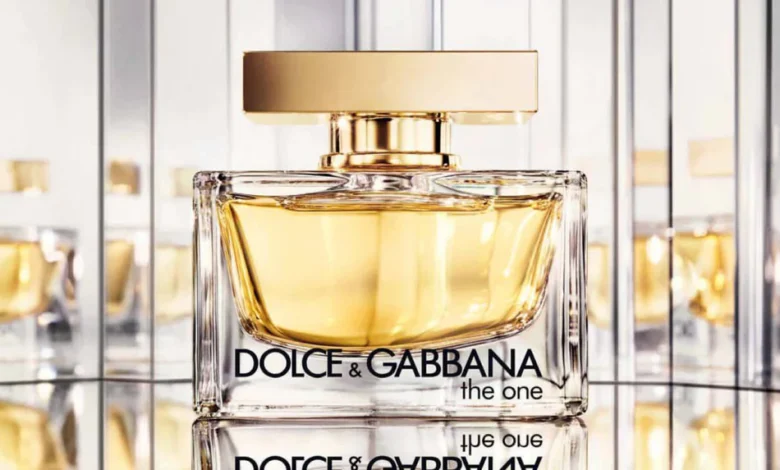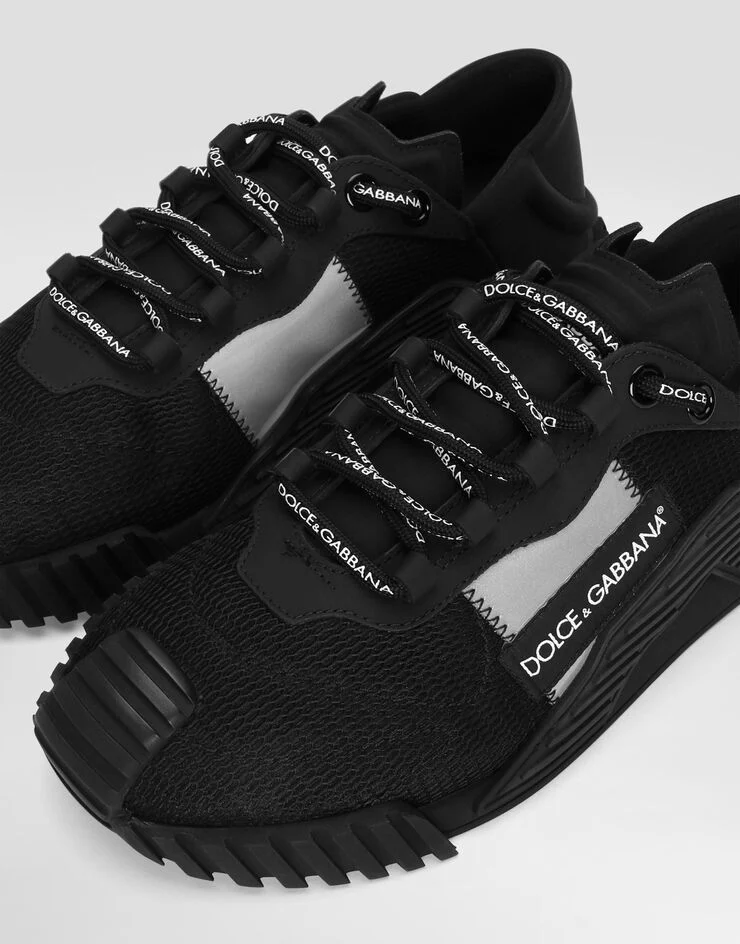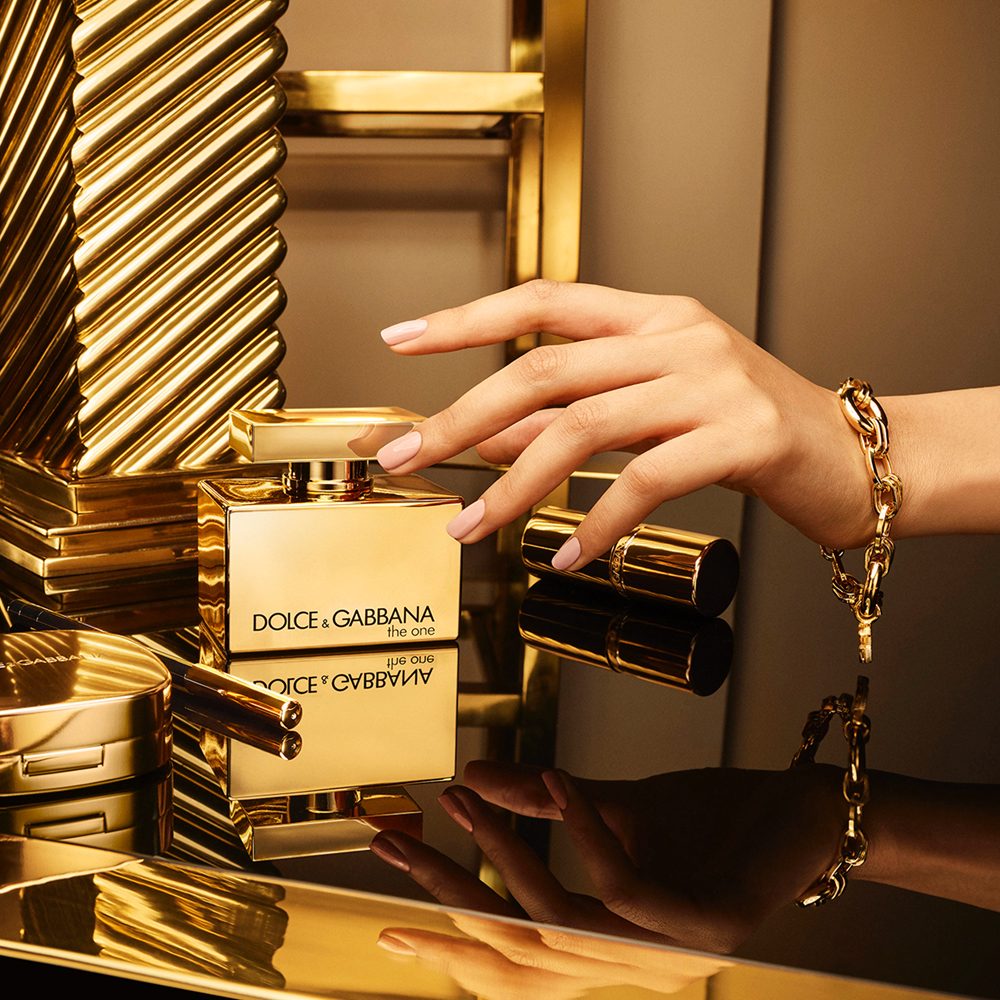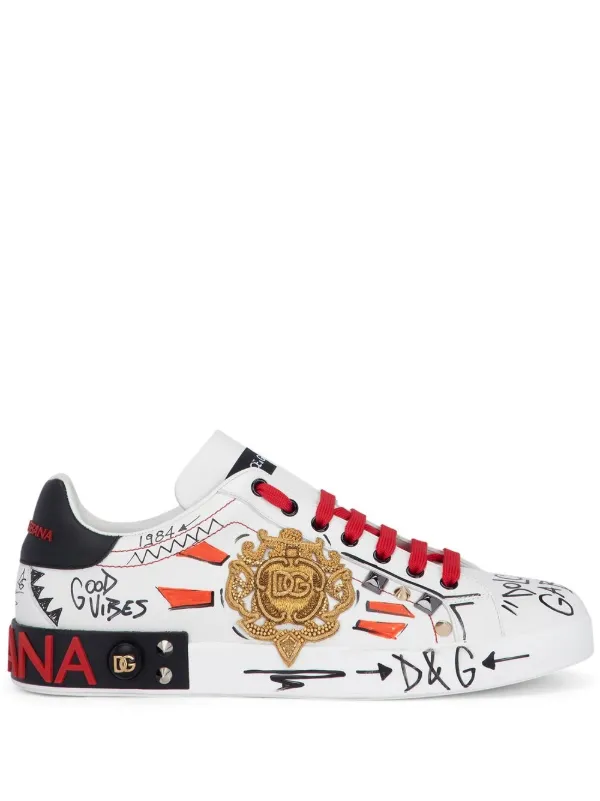From Sicilian Roots to Global Runways: The Strategic Ascent of Dolce & Gabbana

From Sicilian Roots to Global Runways: The Strategic Ascent of Dolce & Gabbana. In 1985, Domenico Dolce and Stefano Gabbana introduced their debut collection at Milan Fashion Week, marking the beginning of a brand that would become synonymous with Italian luxury and bold design. Rooted in Sicilian heritage and a passion for craftsmanship, Dolce & Gabbana’s journey is a testament to strategic innovation, resilience, and an unwavering commitment to authenticity.
Embracing Heritage and Craftsmanship
From the outset, Dolce & Gabbana distinguished themselves by infusing their designs with Sicilian culture, Catholic iconography, and Mediterranean sensuality. This deep connection to their roots resonated with audiences seeking authenticity in fashion.
Their commitment to craftsmanship was further exemplified in 2012 with the launch of the Alta Moda couture line. This collection emphasized traditional tailoring and artisanal techniques, reinforcing the brand’s dedication to quality and heritage. The Alta Moda line has since become a significant contributor to the brand’s image and revenue.

Strategic Brand Consolidation
In 2012, Dolce & Gabbana made the strategic decision to discontinue their D&G diffusion line, integrating it into the main brand. This move aimed to strengthen brand identity and focus on delivering cohesive, high-quality collections. By streamlining their offerings, they reinforced the brand’s position in the luxury market.
Innovative Marketing and Digital Engagement
Dolce & Gabbana have consistently leveraged digital platforms to engage with a global audience. Their active presence on Instagram, TikTok, and YouTube showcases visually compelling content that aligns with their brand aesthetic. In 2021, they ventured into the digital art space with the “Collezione Genesi,” a nine-piece NFT collection that combined physical couture pieces with digital assets, selling for a record-breaking $5.7 million.
Their runway shows are renowned for their theatricality and immersive experiences. Notably, during the Fall/Winter 2018 show, drones were used to present handbags, blending technology with fashion in a novel way.

Celebrity Collaborations and Cultural Impact
Celebrity endorsements have played a pivotal role in Dolce & Gabbana’s brand visibility. Early collaborations with Madonna, including designing costumes for her 1993 “Girlie Show” tour, catapulted the brand into the global spotlight. Over the years, they’ve dressed numerous celebrities such as Beyoncé, Kylie Minogue, and Monica Bellucci, reinforcing their status in popular culture.
Their advertising campaigns often feature provocative imagery and themes, challenging societal norms and sparking conversations. While this approach has occasionally led to controversy, it has also kept the brand at the forefront of fashion discourse.
Navigating Controversies and Demonstrating Resilience
The brand has faced challenges, notably in 2018 when a controversial ad campaign in China led to significant backlash and boycotts. In response, Dolce & Gabbana undertook efforts to rebuild their image, focusing on inclusive marketing and reinforcing their core values of craftsmanship and storytelling. This period highlighted the importance of cultural sensitivity and the need for effective crisis management strategies.

Diversification and Expansion
Beyond fashion, Dolce & Gabbana have diversified their portfolio. In 2016, they introduced a high-end fashion line catering to Muslim women, featuring items like hijabs and abayas. In 2017, they collaborated with Italian company Smeg to create a line of designer kitchen appliances, blending fashion with home decor.
Their foray into the beauty industry has been notable. Since bringing their beauty business in-house, Dolce & Gabbana Beauty achieved €1.5 billion in sales within two years. With plans to expand their offerings and launch a skincare line, they aim to reach €4 billion in sales by 2025.
In 2023, the brand ventured into real estate, announcing residential projects in Miami and Marbella, and expressing ambitions to establish a hotel in the Maldives. These initiatives reflect their strategy to evolve into a comprehensive luxury lifestyle brand.
Actionable Insights for Aspiring Entrepreneurs
- Leverage Authenticity: Drawing from one’s heritage and personal experiences can create a unique brand identity that resonates with audiences.
- Adapt and Innovate: Embracing new technologies and platforms can keep a brand relevant and engaging to modern consumers.
- Strategic Consolidation: Streamlining product lines can strengthen brand identity and focus resources on core offerings.
- Crisis Management: Proactively addressing controversies with transparency and a commitment to core values can help rebuild trust.
- Diversify Thoughtfully: Expanding into complementary industries can open new revenue streams and reinforce brand positioning.
Dolce & Gabbana’s journey illustrates the power of combining tradition with innovation, maintaining authenticity, and demonstrating resilience in the face of challenges. Their strategic decisions and adaptability offer valuable lessons for entrepreneurs aiming to build enduring and impactful brands.


